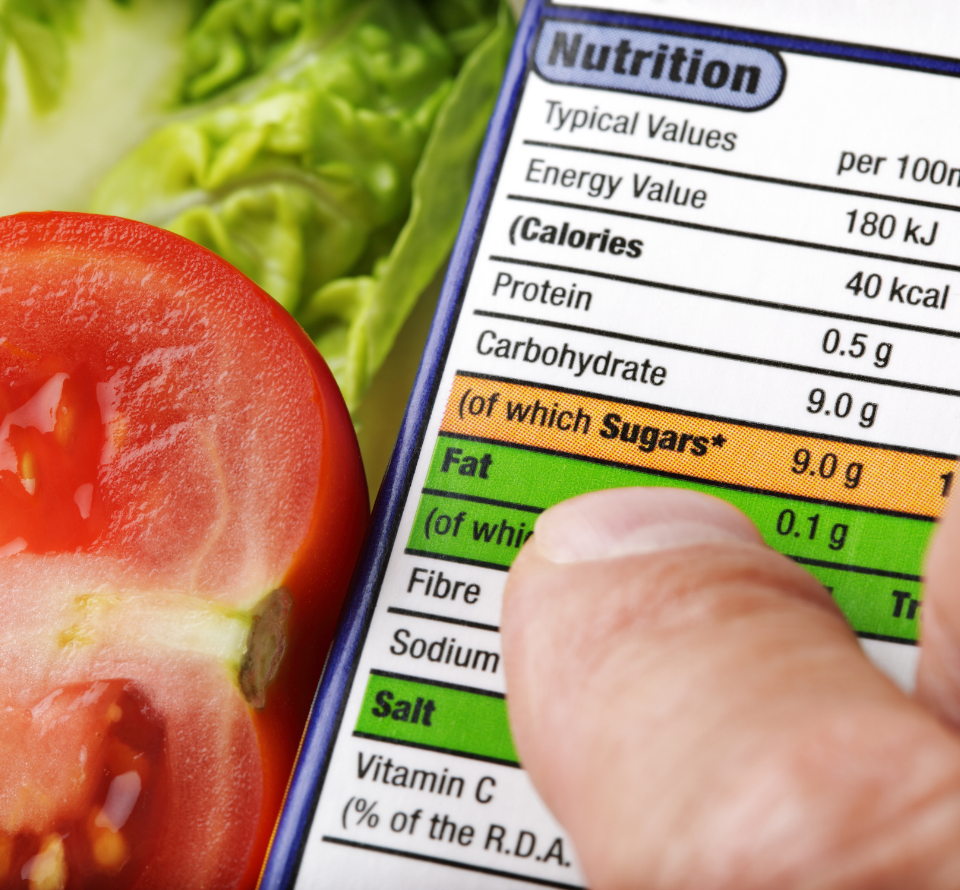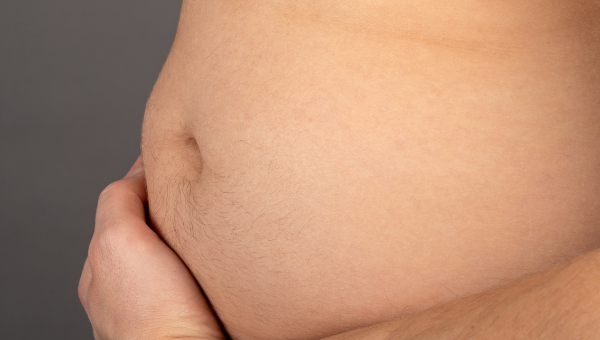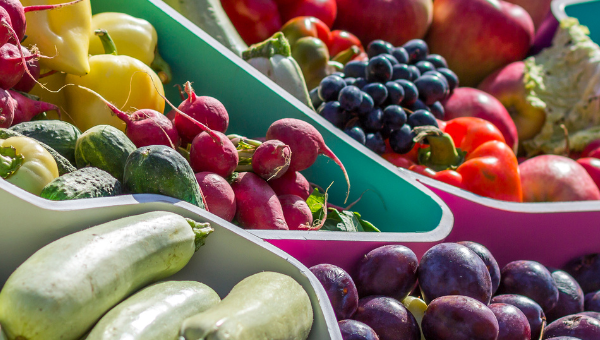Good or bad fat? There are many different types of fat in your body. Some can have a negative effect on your health and contribute to disease, while others are beneficial and necessary for your health.
Good fat cells are white, brown, and beige. They can be stored as essential, subcutaneous, or visceral fat – a story for another day.
Each type has a different role. Some promote healthy metabolism and hormone levels, while others contribute to life-changing diseases, including:
Saturated vs. unsaturated
Let’s start with the good guys – unsaturated. Unsaturated fats include polyunsaturated fatty acids and monounsaturated fats. When eaten in moderation, both mono and poly-unsaturated, can help lower cholesterol levels and reduce your risk of heart disease.
Polyunsaturated are found mostly in vegetable oils, and help lower both blood cholesterol levels and triglyceride levels – especially when you substitute them for saturated fats. One type of polyunsaturated fat is omega-3 fatty acids, whose potential heart-health benefits have gotten a lot of attention.
Omega-3s are a key family member of polyunsaturated fats. There are three main Omega-3s:
- (1, 2) Eicosapentaenoic acid (EPA) and docosahexaenoic acid (DHA) come mainly from fish, such as salmon, trout, catfish, mackerel.
- (3) Alpha-linolenic acid (ALA), the most common omega-3 fatty acid in most Western diets, is found in vegetable oils and nuts (especially walnuts), flax seeds and flaxseed oil, leafy vegetables, and some animal fat, especially grass-fed animals. The human body uses ALA for energy.
It is fish that contains the most effective “long-chain” omega-3s, and it is always best to get your omega-3s from food if possible, and avoid over-supplementing.
Plant sources are a good substitute for saturated or trans fats, but they are not as effective as fatty fish in decreasing cardiovascular disease.
Here are the bad guys!
Saturated fat:
- butter, ghee, suet, lard, coconut oil and palm oil.
- cakes.
- biscuits.
- fatty cuts of meat.
- sausages.
- bacon.
- cured meats like salami, chorizo and pancetta.
Trans fat:
- Baked goods, such as cakes, cookies and pies.
- Shortening.
- Microwave popcorn.
- Frozen pizza.
- Refrigerated dough, such as biscuits and rolls.
- Fried foods, including French fries, doughnuts and fried chicken.
- Nondairy coffee creamer.
- Stick margarine.
Does eating fat, contribute to obesity?
Obesity is much more complicated than just over eating. People who get little physical activity and eat a diet high in calories are going to gain weight. It’s that simple. Genetics, age, sex, and lifestyle also weigh into the weight-gain formula, but eating certainly plays the biggest role here.
Eating too many fatty foods does more than expand the waistline. Our love of fatty foods has increased the rate of type 2 diabetes, certain cancers, and heart disease, and it’s easy to overeat because they hide in so many foods we love (saturated and trans fats) – French fries, processed foods, cakes, cookies, chocolate, ice cream, fatty steaks, cheese, and dairy.
Do we need fats in our diet?
We actually need good fats in our diet – we can’t live without them, in fact. They are an important part of a healthy diet that provide essential fatty acids, keep our skin soft, deliver vitamins, and are a great source of energy (fuel). But it’s easy to get confused about good vs. bad, how much we should eat, how to avoid artery-clogging trans-fats, and the role omega-3 fatty acids play.

How to avoid the bad stuff.
Read your food labels! Reading labels helps you make the right grocery decisions. Beware of sugar, high fructose corn syrup and anything that has substitutes, like Olestra or Olean – your body stores these because they can’t be used for energy. They slow your metabolism, increase your cravings, and damage your gut bacteria.
Whether you are trying to lose weight, lower your blood cholesterol levels, or simply eat healthier, you’ll want to limit total intake – not remove it entirely from your diet.




